Although the idea was born in Denmark 200 years ago, ¨hygge¨ is experiencing its boom in popularity right now. Several guides have been published in recent months on this subject. What is hygge? And is hygge the answer to the ageless question of "how to live?"And more importantly, ¨how to live happy?¨
The Danes apparently know it best. Meik Wiking, author of one of the bestselling books about hygge, and director of The Happiness Research Institute in Copenhagen, claims that they are the happiest nation in the world.
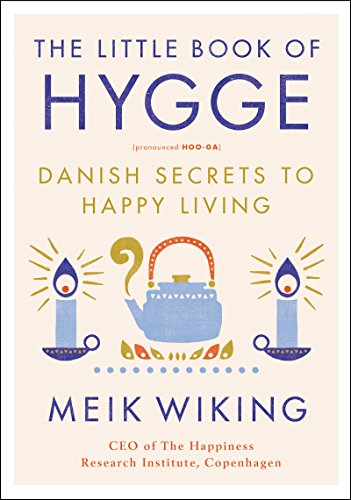
Meik Wiking says that philosophy is an alternative to our fast life and the constant pursuit of success. ¨The point is to stop sometimes. Appreciate ordinary moments and simple pleasures. You can help yourself by creating a warm, pleasant atmosphere around you - surrounded by friendly people and beautiful objects. Necessary gadgets? Candles (lit every day, not just on holidays), a cup of hot coffee, tea or mulled wine, thick blankets and a multitude of pillows. Undesirable things? Telephones and computers, or time wasters and energy suckers. Instead of sitting on Facebook, go for a walk or spend time with your loved ones. Learn to be here and now.¨
What exactly is hygge and how to achieve it in your own home?
It's hard to explain what hygge means because it can not be literally translated into English. Hygge is a lot of things: it's the art of creating an atmosphere of intimacy and warmth at heart, but also a feeling of relief and pleasure from the simple things surrounding us. It is a term for happiness, warmth, comfort and safety. It is also your favourite hot chocolate.
Hygge and happiness
Meek Wiking claims that he is amongst 4% of people who declare a high level of happiness. He explains that hygge for him means the art of creating a nice atmosphere at home but also a form of socialising for introverts.
He likes to think about it as a search for happiness in everyday situations, the creation of nice moments every day.
¨Hygge is a lifestyle¨, he says. It is putting human relations, home, atmosphere and good, everyday experiences first. In his opinion, this is the reason why Denmark is doing better than other Nordic countries in the rankings of happiness.
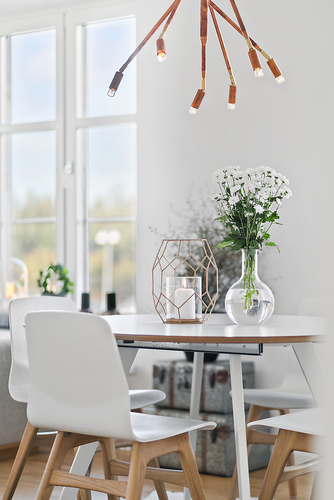
Hygge and home
A crucial aspect of achieving hygge for Danes is their home. Houses are important because many activities are concentrated around homes. In Denmark, it's dark for most of the year, as they have about 180 rainy days a year. That's why people stay in apartments. They invite each other home instead of spending time in restaurants. This is partly due to the fact that restaurants in Denmark are very expensive. And that's why Danes devote a lot of time, attention and effort so that the house is a nice place to be.
Hygge and light
In order to fit within the hygge philosophy, Danes very much concentrate on the light at home. In fact, they are obsessed with lighting and candles in particular. Many Danish design icons are lamps, usually designed at a time when the world was just beginning to use electric light, which at that time was not yet of the best quality. The famous PH lamps (lamps designed by Poul Henningsen since 1925, ed.) try to combine the stability of electric light and the heat of oil lamps. Basically, Danes prefer light that is not too intense, the light of candles and fire. ¨In such a delicate lighting people look the best¨, he says.
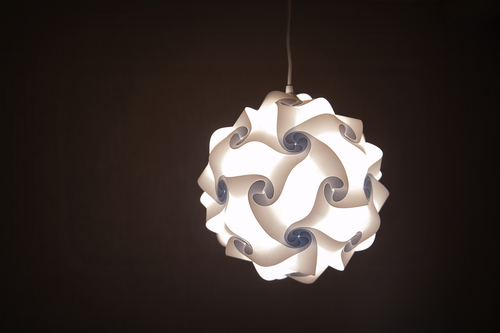
Meik claims that many offices are not hygge as they use mainly glass and metal. Natural materials like wood, wool and leather are better. It is important that they not only look good but are also pleasant to touch. Sensual experiences are very important.
Hygge and relationships
The essence of hygge is interpersonal bonds, atmosphere, relaxation, comfort, a sense of security and being together.
Although for Danes the material things are not important, the way the living room can be decorated for instance, or the way the city is designed, affects how we feel. If we walk down the street in the city and there is a long, grey facade without windows, we tend to walk faster than if there were plants, windows and people sitting in front of the facade. The environment does affect how we behave and how we feel.
Of course, it's nicer to be in space where we can relax, where we feel safe and comfortable. From this perspective, the material things are helpful.
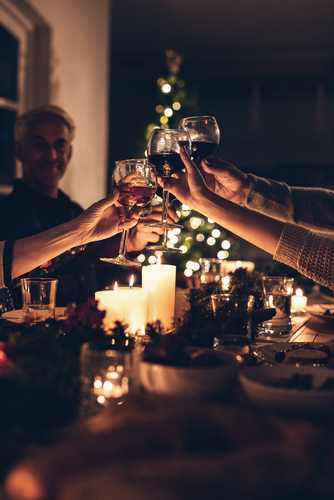
Hygge interior design
For people who like to spend time at home, it is important to have a suitable place to relax. Meik encourages us to save on a piece of furniture that will serve us for a long time and that we will enjoy using it and looking at it. It's also important to try to relate memories with a particular piece of furniture. For example, when he was writing his first book he bought a chair, which he was saving money for for a very long time. Now it reminds him of the achievement of writing the first book.
The Scandinavian, Danish style of interior design is simpler. It is based on functionality and simplicity. In comparison with the Spanish design, let’s say, they are more conservative in the choice of colours. Spain is known for the multitude of colours. While Spain and other nations prefer more vivid and colourful combinations, the Scandinavian design likes monochrome blend - white, black and grey. Danes are also more minimalist from the Spanish, French and Americans. Instead of constantly adding things to the living room, they derive pleasure from emptying space and keeping it simple.
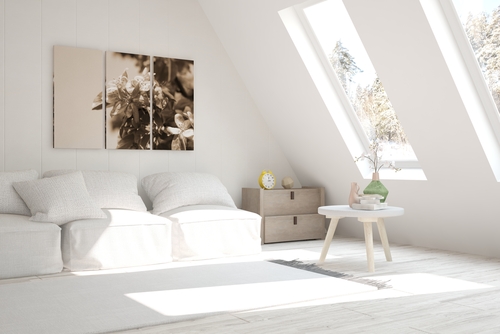
¨Hygge is about togetherness. It’s about pleasure. It’s about warmth. It’s about relaxation. To Danes, hygge is perhaps what freedom is to the Americans."

